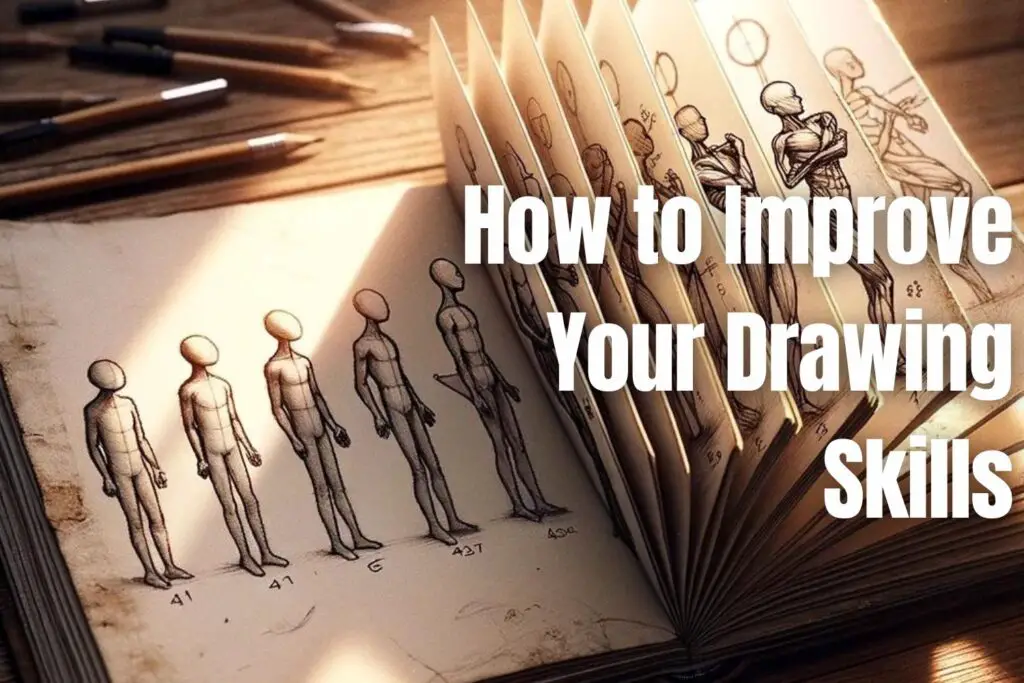Learning to draw can be a gratifying yet equally frustrating endeavor. Those just starting often struggle with coordinating their hand movements to accurately capture what their eyes see, figuring out proportions, making things look three-dimensional, and simply knowing where to begin. It’s easy to start enthusiastically but quickly become overwhelmed by the gap between the drawings in your mind’s eye and what ends up on the page.
However, while innate talent plays some role, drawing is a learned skill that can be developed through targeted practice and guidance rather than an inborn gift that some have, and some don’t. With persistence and the proper techniques, measurable improvement is achievable at any age. Progress may feel slow initially, but regular practice and celebrating small wins are key for building confidence and skill over time.
This article provides fundamental concepts and practical exercises to help you advance your drawing ability and resources for further learning. Remember, be patient with yourself and enjoy the journey rather than solely focusing on the destination.
Table of Contents
Begin with Mastering Basic Shapes
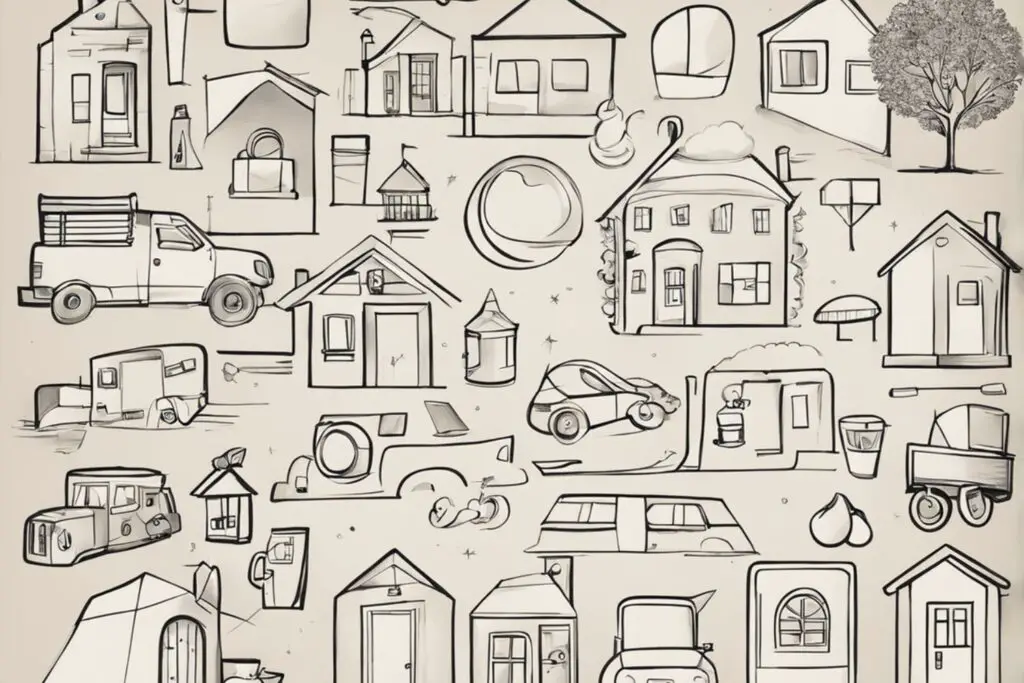
The temptation when drawing anything, whether still life, landscape, animal or human figure, is to look at it as a whole. Our brains naturally want to categorize what we see into the mental model we have for that object, which makes it very difficult to capture accurately. The key is to break complex objects into basic shapes that make up their structure.
Instead of thinking “cat,” look at how its body can be simplified into tubes and spheres for the head and body. See how its posture and position in space can be mapped out with boxes and lines. The same applies to settings and backgrounds. Manmade landscapes comprise many repetitive shapes like windows, bricks, and tiles. Nature forms patterns with organic shapes as well.
Shape analysis trains your brain to observe and construct proportions better.
As you practice observing and drawing individual shapes, notice their relationships with surrounding negative space. Background shapes provide context for overlapping objects in the foreground, giving a sense of depth. They are just as integral to constructing a cohesive scene.
Start by drawing simple outlines of shapes without detail. Once you map out the overall proportions, you can build on adding tone, texture and specifics like facial features. Taking this structured approach helps avoid chaotic scribbling and erasing repeatedly.
Embrace Contour Lines for Improved Definition
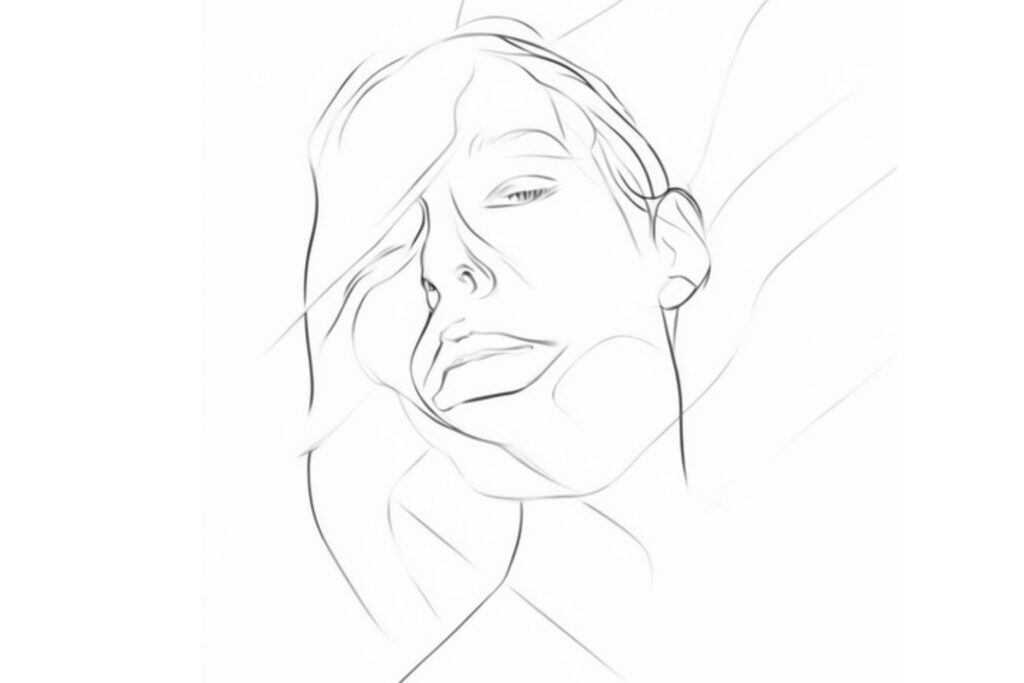
Another way to train your hands and eyes to work together is through contour line drawing. The goal is to outline the shapes you see without looking down at the paper. This helps prevent symbols that your mind associates with the object from taking over.
Set a small still life before you – everyday items like fruit, flowers or stationary work well. Focus intently on the outlines and visible edges while slowly guiding your pencil around them on the page.
Let your eyes and the object guide your hand without worrying about the outcome. Repeating blind contour drawing builds hand-eye coordination, critical for observational skills.
Unlock the Secrets of Perspective

Perspective allows you to realistically convey three-dimensional spaces in two dimensions by adjusting proportions relative to the viewer’s position. The horizon line is the viewer’s eye level as a reference point. Any lines moving away from the viewer become smaller and appear to converge at one or more vanishing points on the horizon line.
For outdoor/indoor scene drawings, map a horizon line and decide on one or two vanishing points. Then, lightly sketch guidelines from the vanishing points through blocks representing walls/structures/objects that recede into the distance. This builds the framework before adding details. Don’t worry about advanced perspective yet – focus on conveying depth through basic proportion adjustments.
Section 2: Developing Your Observation Skills
Practice Mindful Drawing Techniques
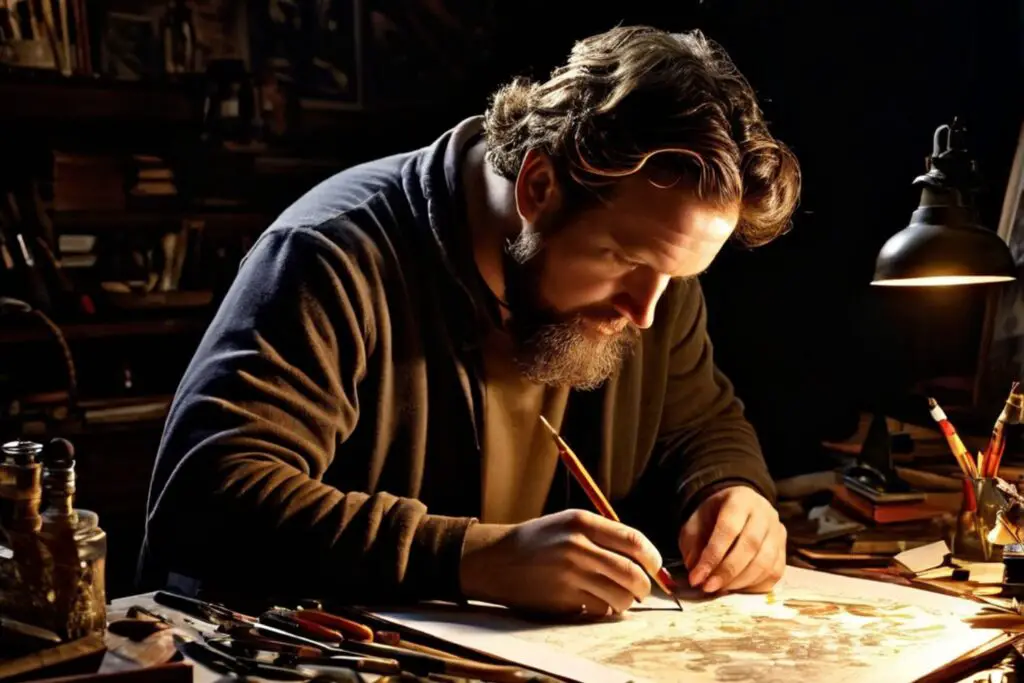
Careful observation and analysis of your subject are just as important as the drawing techniques themselves. Many beginners rush through the observing phase to start drawing right away, only to end up with lackluster results. Train yourself to slow down and truly see the characteristics of what you want to depict.
Move around your subject to view it from different angles. Squint your eyes to notice key areas of light and shadow. Use your pencil like a measuring stick to map angles and proportions. Feel free to sketch an outline lightly, then erase it and restart after a more thorough observation.
In addition to focusing on the object, pay close attention to the shapes created by negative space around and between the subject. These gaps help locate where edges truly fall rather than approximations your mind fills in from experience. Take in these shapes consciously before drawing.
Challenge Yourself with Upside-Down Drawing
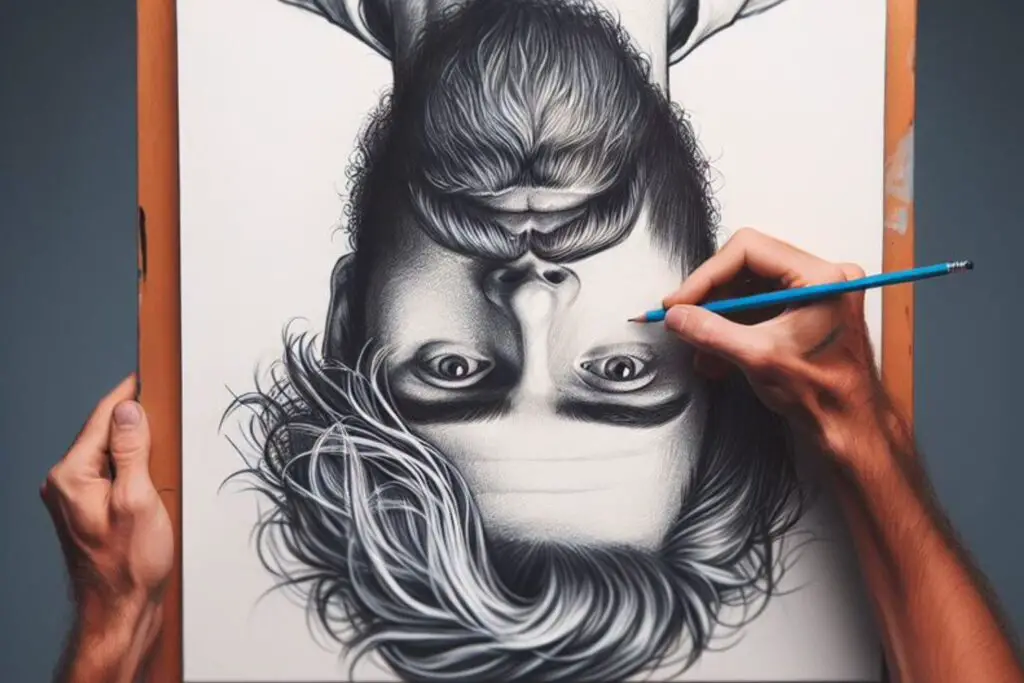
Turning your subject or drawing surface upside down allows your brain to process compositions more abstractly through lines and shapes. Right side up, the brain tends to latch onto what it recognizes and makes assumptions. For instance, an eye would subconsciously be drawn as a round shape with a circle inside rather than carefully observed lines and proportions.
Working upside down tricks the left-side creative brain and engages more careful right-side analysis. This breakthrough technique trains you to replicate what you truly see. Doing gestures and time-constraint sketches this way is incredibly impactful.
Leverage Reference Photos for Accuracy
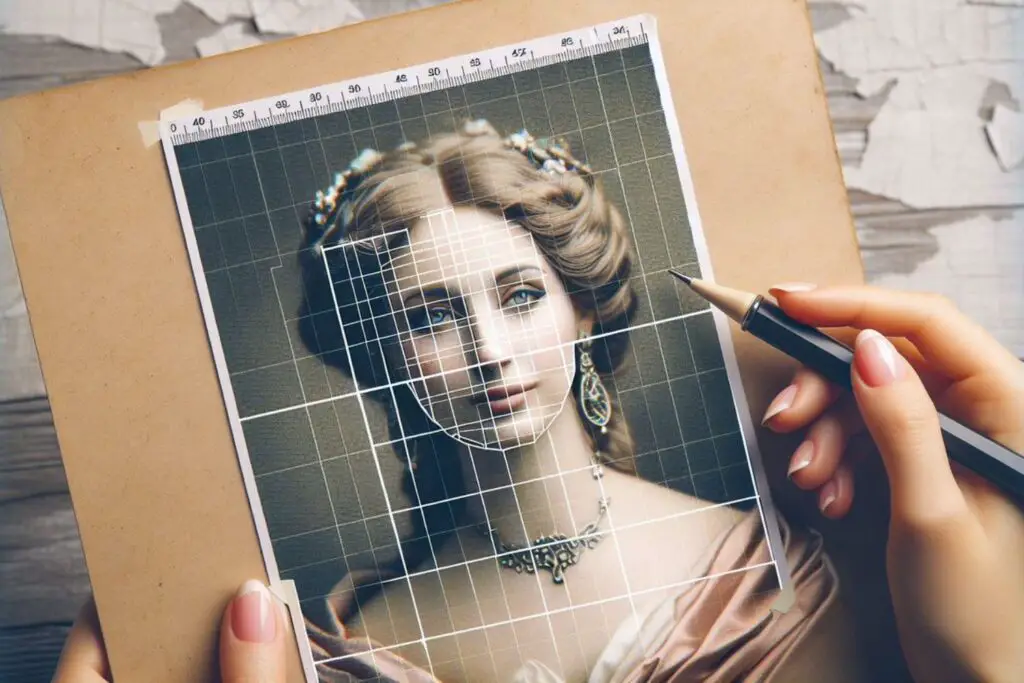
Photographic references provide invaluable learning material for practicing observation and technique. However, simply copying a photo without understanding rarely produces satisfying results. Even master artists utilize reference images thoughtfully.
When using photo references, try to understand the anatomy and functionality underneath the forms rather than skin-deep duplication. Analyze the light sources and shadows. Squint to locate big shapes. Use guidelines to map out the composition before adding detail. Most importantly, don’t blindly trace – construct based on intentional observation.
Cultivate a Daily Drawing Routine
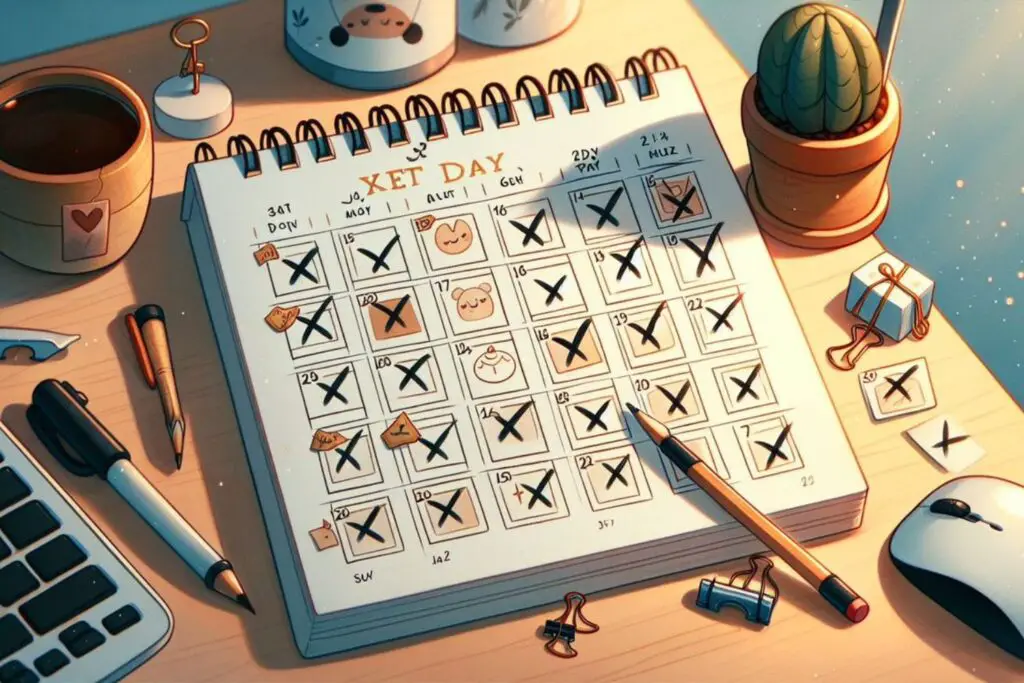
You’ve likely heard the age-old refrain that consistent practice is essential for progress in drawing, but putting it into action requires discipline. Motivation waxes and wanes – relying solely on inspiration leads to sporadic efforts. Instead, focus on repetition through short, regular practice suited to busy schedules.
Set aside 15-30 minutes daily to work on foundational drills, quick sketches or more extended studies. Treat this time as an inviolable appointment with yourself and your art. Be present during practice by minimizing distraction rather than eyeing the clock. Moving your skills forward gradually through manageable daily practice adds to tremendous improvement over time.
Always Have a Sketchbook Within Reach
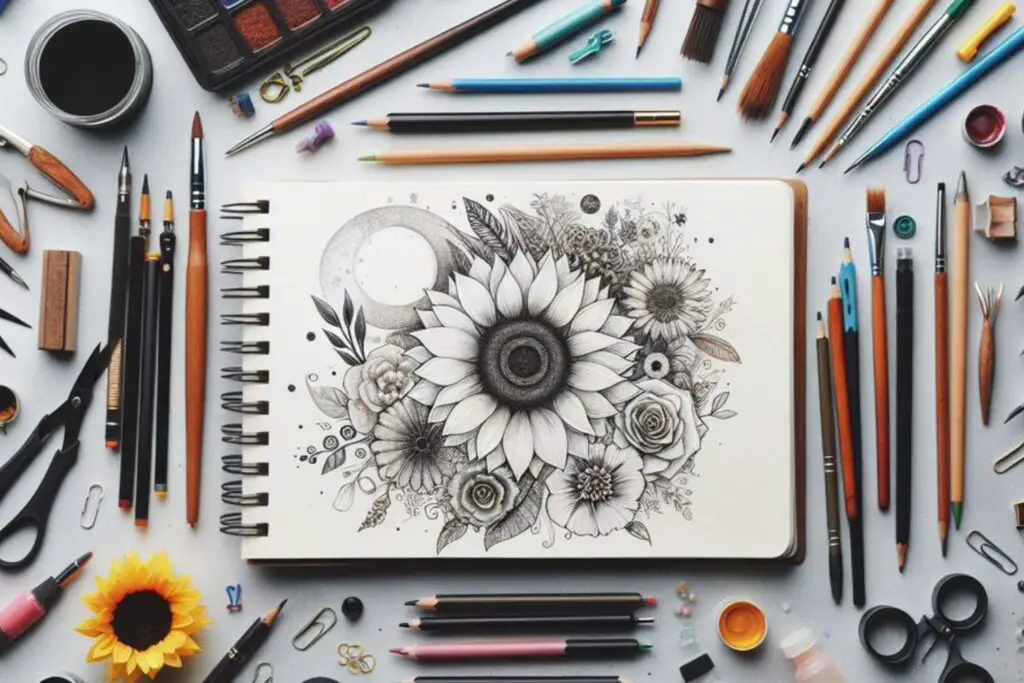
Carrying a pocket sketchbook can serve many helpful purposes beyond simply drawing full compositions. Doodle random lines and shapes during spare moments to familiarize your hands. Collect inspiring reference photos when out and about. Make quick gesture sketches of scenes that catch your eye. Note creative ideas for later projects.
Use your sketchbook to try new techniques or challenging subjects without worrying about mistakes. Date sketches to track progress over weeks and months. Sketching regularly, even just warm-ups, builds muscle memory and confidence.
Engage in Drawing Challenges to Push Your Limits
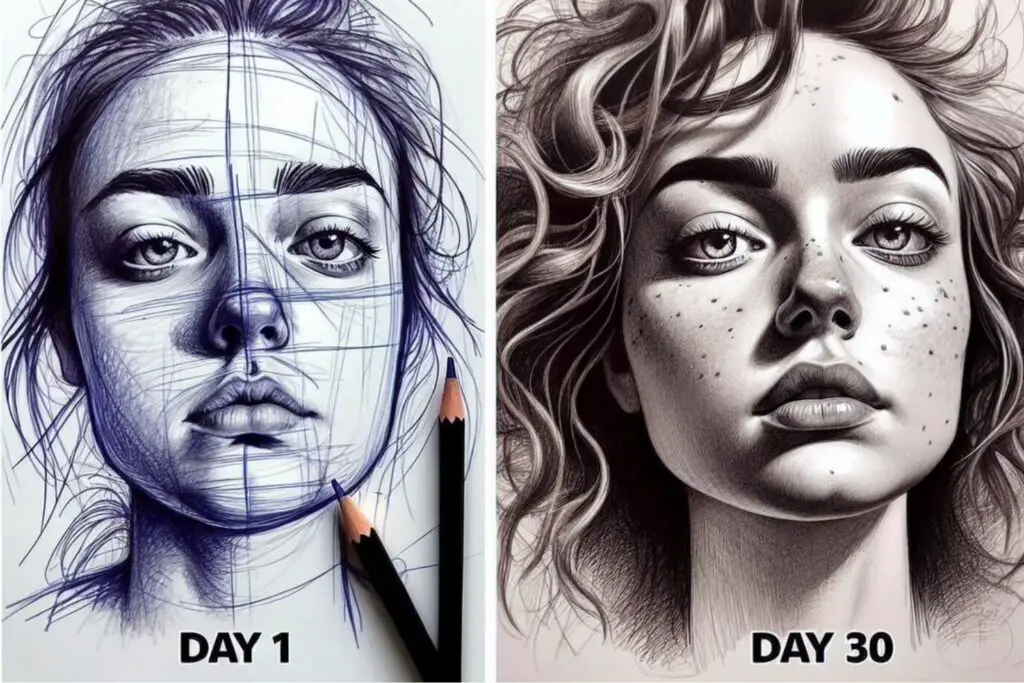
Finding inspiration and ideas to advance your drawing skills while avoiding stagnation through repetition is hugely valuable for self-guided learning. Participating in drawing challenges is an excellent way to spark creativity and structure growth.
Social media platforms offer plenty of prompt lists to choose from. The rules can range from very open “Inktober” type challenges allowing medium of choice to structured ones focusing on particular techniques. Some sites even allow participants to vote on submissions if they gravitate towards competition for motivation.
Drawing books also incorporate ideas for themed practice. Adding these external creative constraints pushes you out of habitual subjects and approaches. Completing new challenges builds confidence and well-rounded competence.
Explore Free Online Tutorial Channels for Learning
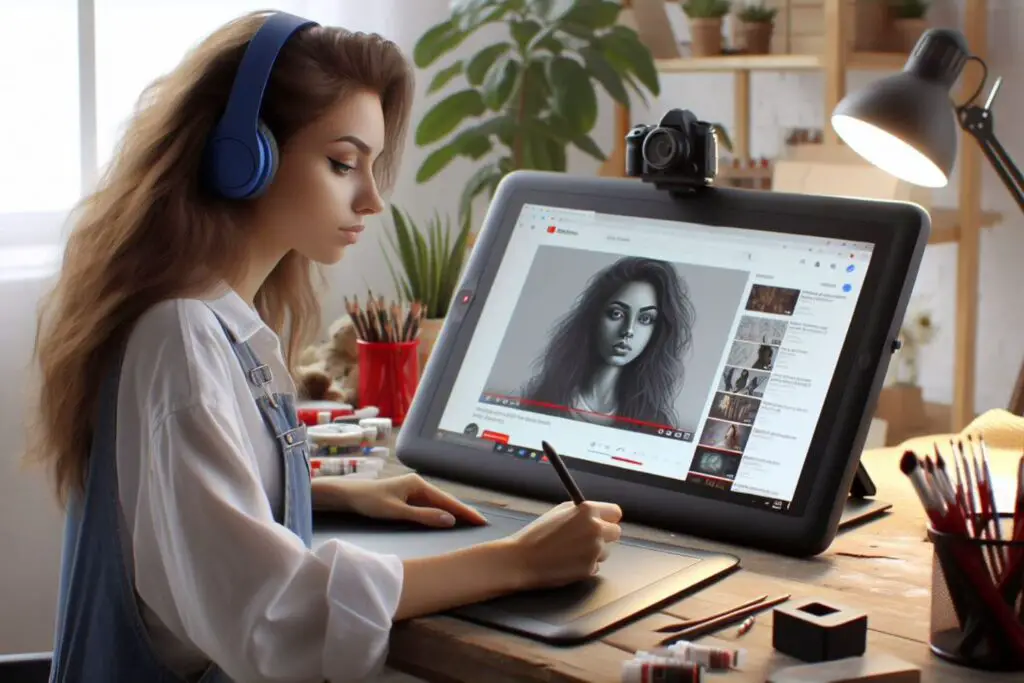
A wealth of expert instruction exists through YouTube channels and websites offering an ever-growing range of drawing tutorials at no cost. Specific sites focus on foundational techniques while others guide rendering everything from animals to vehicles to fantasy subjects in various media.
Channels such as Proko, DrawMixPaint, ArtProf and Love Life Drawing effectively teach beginner fundamentals through structured video lessons. Florent Farges and Ahmed Aldoori demonstrate advanced realistic techniques for those looking to refine their skills further.
Some channels upload time-lapse walkthroughs rather than real-time demos for flexible learning. Skim through Drawings & Paintings and Paint Coach for inspiration. Reference Ange Hill’s Realism challenge assignments with sample submissions for ideas. Online education makes quality art instruction accessible to all budgets and schedules.
Dive into Instructional Drawing Books
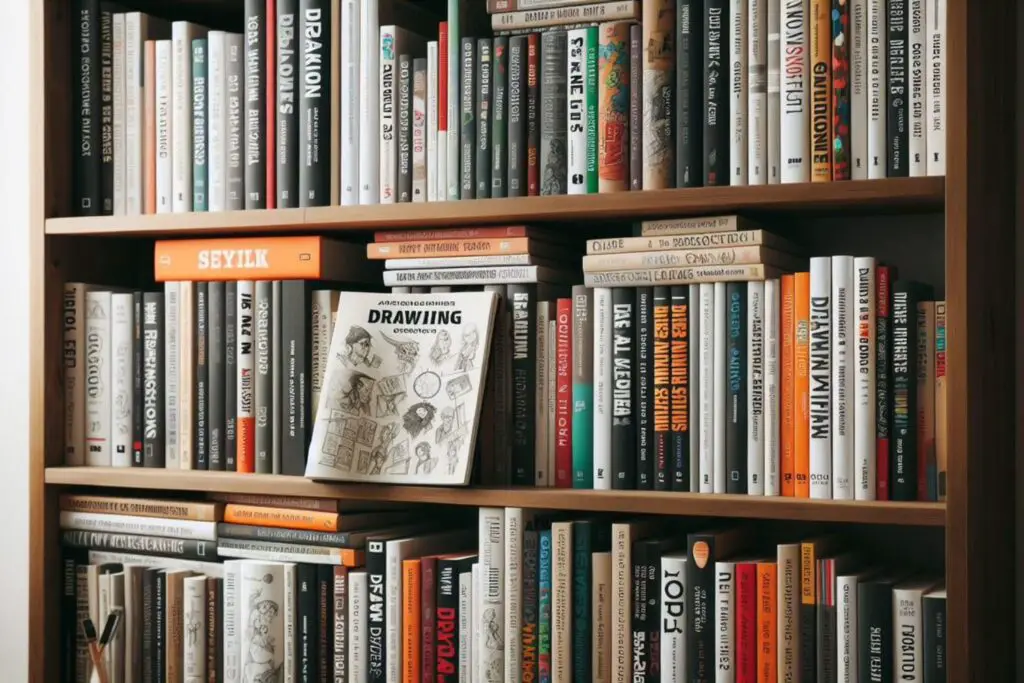
While the internet offers overwhelming drawing information, curated learning from established artists in guidebook formats simplifies the process for many. Print books allow for handy note-taking directly on pages compared to digital formats.
Andrew Loomis’ “Drawing the Head And Hands” and “Figure Drawing for All It’s Worth” teach anatomy and proportion mastery for drawing people. Betty Edwards’ classic “Drawing On The Right Side Of The Brain” remains a pivotal guide for observational training. “How to Draw Manga” volumes sport step-by-step aesthetics for mangaka comic inspiration. Bridgman’s books detail constructive figure drawing in his signature angular style.
Still-life artists should study William F. Powell’s settings, and there’s no substitute for Burne Hogarth’s “Dynamic Figure Drawing” for articulating expressive poses. Tailor recommended book lists from experienced artists to align with your learning priorities out of the multitude available.
Participate in a Local Art Class for Hands-on Experience

Self-guided online resources provide almost endless reference material at your own pace. However, local art classes offer engaging instruction and networking for those who prefer learning in person or seek a creative community. Community art schools, college continuing education programs, and independent studios across most towns provide quality drawing education and private coaching to groups.
A classroom environment facilitates receiving critiques for work to hone techniques. Guided exercises mean direct supervision to pick up subtle methods that are only sometimes apparent in videos. Drawing alongside peers encourages growth through motivation and meaningful critique. Additionally, attending live classes builds connections in the local art community, leading to exhibition opportunities, further learning, and more.
Conclusion
Embracing drawing as a rewarding lifelong journey filled with incremental achievements is essential for sustaining motivation and wards off frustration. Appreciate your achievements rather than focusing solely on an idealized endpoint. Not every piece has to be perfect. Sketchbook doodles hold as much value for progress as detailed artwork.

Stay process-oriented by enjoying the various challenges and mini accomplishments along your development trajectory. Setting manageable goals and using reference tools wisely keeps advancement steady amidst the ups and downs. Trust that regularly nurturing the artist within through practice cultivates gradual mastery.
Above all, don’t neglect the simple joy of moving a pencil or pen across a page to capture an idea. Drawing is just as much a diversion for mental well-being as it is about skill building. When overly critical thoughts creep in, let go of judgments and allow the childlike wonder of creating visual art to wash over you again. The rest will organically follow.
Frequently Asked Questions
-
What are some basic things I need to know about drawing?
The basic things you need to know about drawing include using line, value, shape, form, and space. You must also be familiar with the different mediums used for drawings, such as pencils, pens, charcoal, and pastels. Additionally, it is important to practice regularly and study the work of other artists.
-
What should I do if I make a mistake while drawing?
If you make a mistake while drawing, don’t worry! Just erase the mistake and try again. Remember to be patient and keep practicing, even if you make mistakes. With time and practice, you will improve.
-
How to get better at sketching?
Sketching is a skill that improves with practice. To get better at sketching, try studying the work of other artists and practicing regularly. Also, experiment with different mediums and techniques. Additionally, being patient and practicing even if you make mistakes is important.
-
How do basic drawing skills help you?
Basic drawing skills are a great way to express your creativity. Additionally, drawing can help you relax and de-stress. Drawing also helps improve your hand-eye coordination, problem-solving, and fine motor skills.
-
How long does it take to learn how to draw?
It takes different amounts of time for different people to learn how to draw, depending on where they start from and how much effort they are willing to put in. It may take time to get used to the basic concepts if you have never drawn them. However, with regular practice, you will gradually improve.

